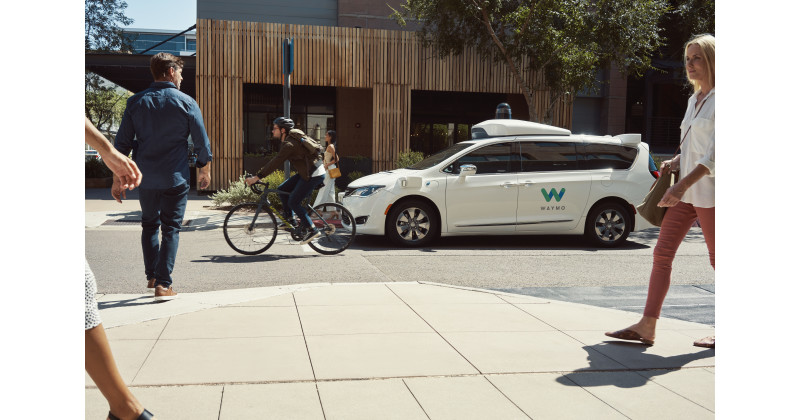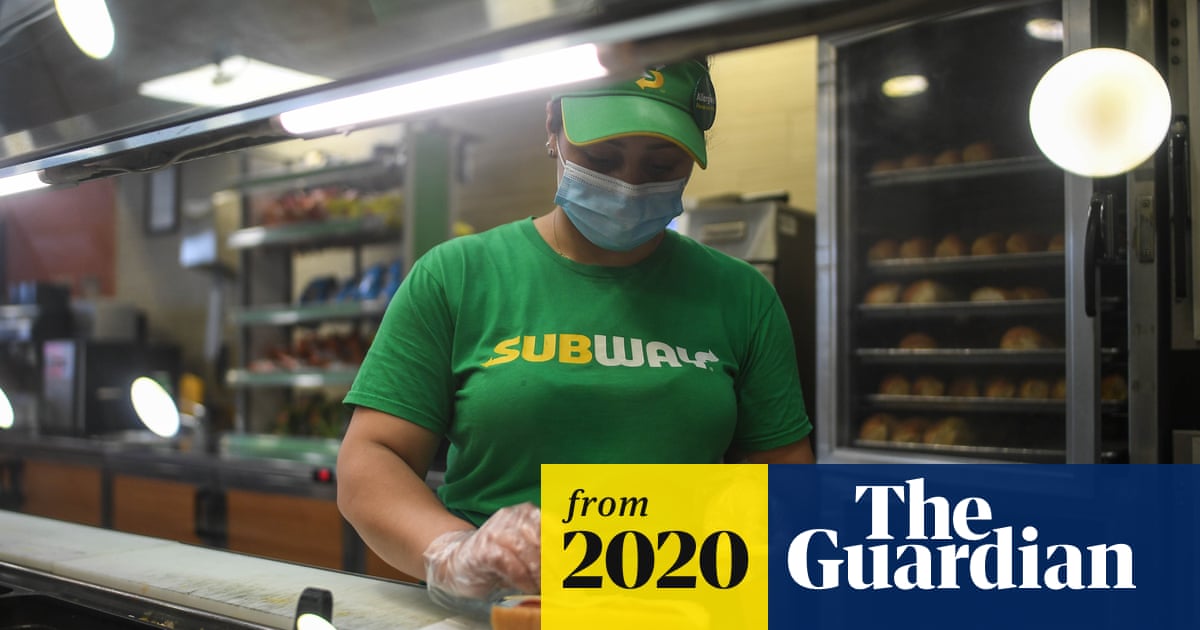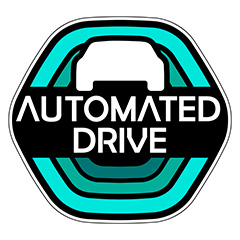If you want to look at platform, since at least 2019 they have been testing with the ride-hailing focused Pacifica based vehicles in SF, the same ones they used in AZ:Well, if you want to get super technical and start with the very first prototype testing in SF, sure you would be right. You want to go back to the first prototype testing in SF because it fits your agenda of claiming Waymo took longer to deploy in SF. But that is silly. That prototype in 2009 was completely different from the ride-hailing that they are deploying now now in SF. I think it makes more sense to start with when Waymo actually started testing the ride-hailing that they plan to deploy to see how long it takes to test and deploy a new service, not start with the first prototype.
And I am consistent with Tesla too. I would say Tesla started testing FSD Beta 1 year ago because that is when they released FSD Beta to testers. Obviously, Tesla started testing some earlier versions of FSD back in 2016. But I would not go back to AP1 and say Tesla took 8 years to test FSD Beta. That would be silly.
Previous reports linked showed sightings in 2018, so likely even earlier than the video.
Following original point of conversation, SF in 2021 can't be used as an example of a model of Waymo expanding into a new city as you seem to be suggesting, given they have significant experience with this city already (not a blank slate like Chandler).
Last edited:





